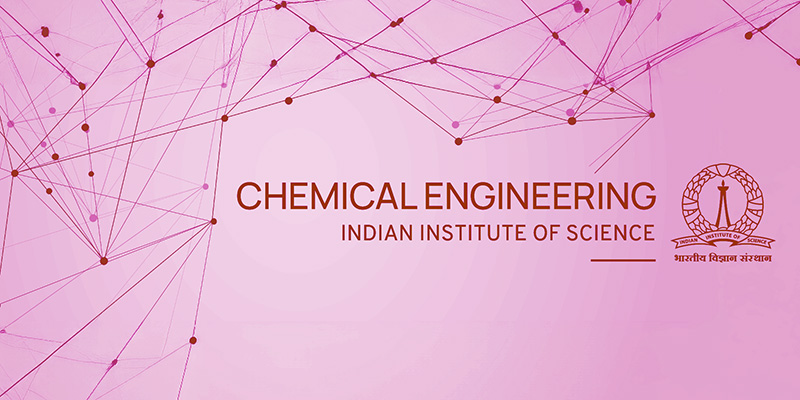July 23, 2024 -- July 23, 2024

Speaker: Sowmya Mittal, Department of Chemical Engineering, IISc, Bengaluru
Venue: Seminar Hall, Chemical Engineering
Date & Time: 23rd July 2024 (Thursday)at 4 pm
Venue: Seminar Hall, Chemical Engineering
Efforts are underway to devise interventions that would control HIV infection without the need for lifelong antiretroviral therapy. A key strategy involves the elicitation of endogenous antibodies that can neutralise diverse strains of the virus, which have shown promise in controlling HIV. In this thesis, we have developed computational approaches to better understand and optimize the generation of such broadly neutralizing antibodies (bNAbs) following immunization.
Antibody therapy using bNAbs holds promise of eliciting long-term HIV-1 remission. In addition to its classical antiviral effect of lowering viral load, antibody therapy can induce a vaccinal effect by improving the endogenous antibody response, the latter potentially contributing to remission. The vaccinal effect is due to the formation of antigen-antibody immune complexes (ICs) which increase the antigen availability and selection stringency for B cells in the germinal centres (GCs). Here, we elucidate a trade-off between these antiviral and vaccinal effects, which may compromise antibody therapy. We developed a multiscale computational model that combined within-host viral dynamics and stochastic simulations of the GC reaction, enabling simultaneous quantification of the antiviral and vaccinal effects of antibody therapy. The model predicted that increasing antibody dosage or antibody-antigen affinity increased IC formation and enhanced GC output. Beyond a point, however, a strong antiviral effect reduced antigen levels substantially, extinguishing GCs and limiting the humoral response. We found evidence of this trade-off in clinical studies. Accounting for the trade-off would be important in optimizing antibody therapy for HIV-1 remission.
An effective vaccine which can elicit bNAbs for HIV could alter the course of HIV epidemic substantially. Germline targeting (GT) vaccination strategy has been shown to elicit precursor B cells to bNAbs both in humans and animals. In this strategy, a GT epitope similar to the viral epitope is administered first to prime naïve B cells and start the GC reaction. Due to the similarity of the GT epitope to the viral epitope, affinity maturation (AM) for the GT epitope also increases B cell affinities for the viral epitope, which would not have been possible if the viral epitope had been administered directly due to its insufficient affinity for the naïve B cells. Once the GC B cells have acquired sufficient affinity for the viral epitope, the viral epitope is administered to direct AM to itself. Here, we simulate GT vaccination using a GC reaction model. We consider two vaccine doses, the GT epitope first and the viral epitope next. The model predicted that there exists an optimum interval between the two doses. When the dosing interval was too low, the GT epitope was not able to increase B cell affinities sufficiently to get activated by the viral epitope. When the dosing interval is too high, AM proceeds too far towards the GT epitope and therefore away from the viral epitope. The model also predicted that while keeping the affinity of the GT epitope for the naïve GC B cells the same, it may be possible to increase the similarity of the GT epitope with the viral epitope, which would lead to better Ab responses to the viral epitope. Accounting for these insights would be important in optimising GT vaccination protocols.